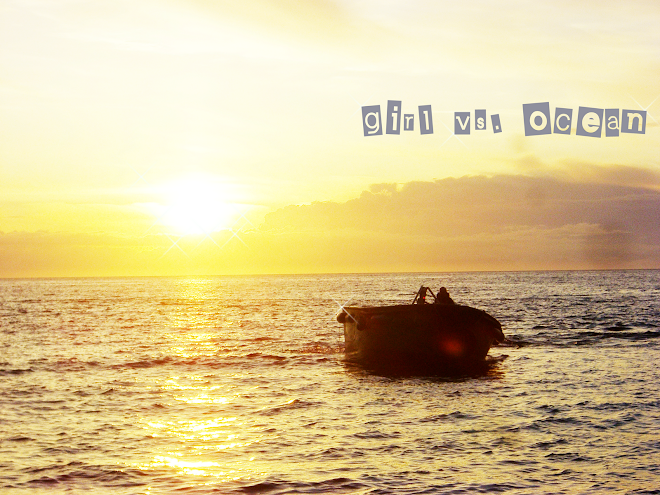
Purse seining is a type of fishing in which a long rectangular barrier net equipped with corks on the top (to make it float) and lead weights at the lower end allowing it to stay in an upright position during fishing. The seine is a large net designed to encircle salmon and not to rake the bottom of the ocean floor nor to capture the salmon by the gills like in the
gillnet fishery.
The entire process starts with the release of the seiner's small boat "skiff". The skiff, which holds one end of the net, sits in one position as the boat drives toward the beach an releases the rest of the net off the stern of the boat. Once the net is completely stretched out we hold a small hook i the end of the net with the skiff. This is where the salmon will pool up. The net stays out in the water for about 25 minutes and then we start bring in the two ends together.
The bottom of net is connected to the purse line cable by large, metal clips called "rings." These also act as weights that sink the net. Once the skiff reaches the seiner, the seine top and bottom lines are handed to the seiner. The skiff then goes to the opposite side of the seiner, attaches to it, and powers away from the seine net to insure that the mass of fish and net do not drift below the seiner.
When the skiff is in place, a winch on the deck of the seiner pulls in both ends of the purse line, closing off the bottom of the seine net like a purse. Once the bottom of the seine is closed, preventing the salmon from escaping, one end of the seine net is run through a large, hydraulically driven "power block" located at the top of a crane. As the net is lowered through the power block, it is stacked on deck in preparation for the next set. This process slowly pulls the portion of the seine net still in the water ship ward, forming a concentrated pocket of salmon.
To further this procedure, seiners have a long, rubber covered, hydraulically powered roller along one side which is used by the crew to draw in any loose netting, drawing up the bottom of the seine, until the fish as sufficiently concentrated. Then the fish are dumped onto the deck and into the fish hold. A large tank filled with chilled water to keep the fish fresh until delivery. The entire process can be repeated a number of times in a single day depending on the weather and the

amount of fish in the area.
Once all the salmon have been caught for the day, they seiners drive to a nearby bay where their canaries "tenders" (crab fishing vessel tender for the salmon fisherman in their off season) wait to deliver. The seiner ties up next to a large tender and off load their fish onto the tender. The fish are sucked out of our fish hold and onto a sorting table on the tender. Each type of salmon is sorted and weighed. Once everything is weighed, we are given a "fish ticket" with all our catch and poundage for the day. Tenders also have food, fuel, and fresh water for the seiners to fill up on. The also can bring any mail that was sent to the canary for us!
 Purse seining is a type of fishing in which a long rectangular barrier net equipped with corks on the top (to make it float) and lead weights at the lower end allowing it to stay in an upright position during fishing. The seine is a large net designed to encircle salmon and not to rake the bottom of the ocean floor nor to capture the salmon by the gills like in the gillnet fishery.
Purse seining is a type of fishing in which a long rectangular barrier net equipped with corks on the top (to make it float) and lead weights at the lower end allowing it to stay in an upright position during fishing. The seine is a large net designed to encircle salmon and not to rake the bottom of the ocean floor nor to capture the salmon by the gills like in the gillnet fishery. amount of fish in the area.
amount of fish in the area. 
No comments:
Post a Comment